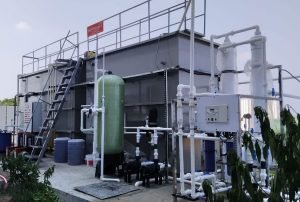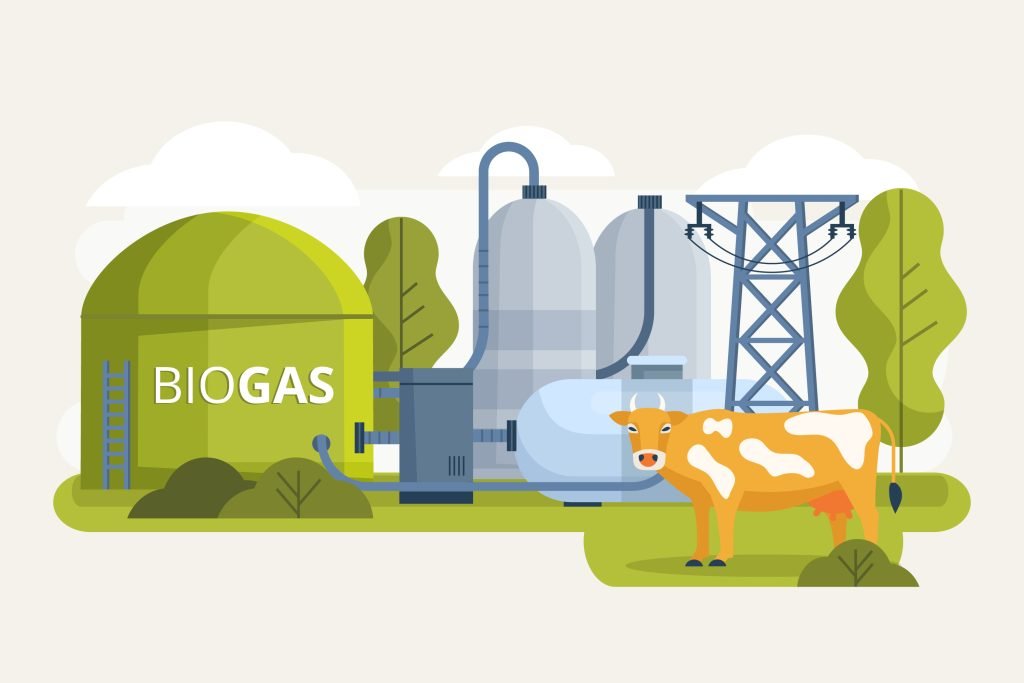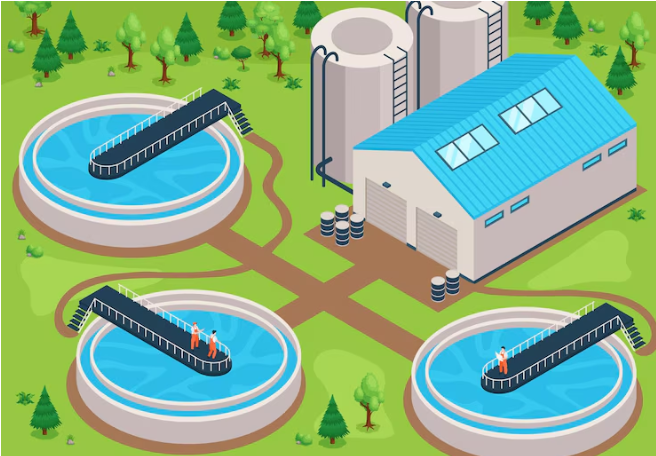Discover how Sarvo waste water treatment plants are revolutionizing environmental conservation and public health with sustainable practices and advanced technologies like effluent treatment plants, sewage treatment plants and green sewage treatment plants.

Waste Water Treatment Plants: Keeping Our Waterways Clean
Waste water treatment plants play a crucial role in maintaining the health and cleanliness of our waterways. As human activities continue to generate significant amounts of waste water, the need for efficient treatment facilities becomes increasingly important. In this article, we’ll delve into the world of waste water treatment plants, exploring their functions, components, benefits, challenges, innovations, and future trends.
Introduction to Waste Water Treatment Plants
Waste water treatment is essential for protecting the environment and public health. Every day, vast quantities of waste water containing pollutants are produced from residential, industrial, and commercial sources. Without proper treatment, this waste water can contaminate water bodies, endangering aquatic life and posing risks to human health.
The process of waste water treatment involves removing contaminants and impurities from the water, making it safe for discharge or reuse. Waste water treatment plants are designed to carry out this process efficiently and effectively.
Effluent Treatment Plants
Effluent Treatment Plants, commonly referred to as ETPs, are designed to treat industrial wastewater before it is discharged into the environment. These plants are crucial fo r removing pollutants and contaminants from industrial effluents, safeguarding water bodies from pollution. ETPs employ various physical, chemical, and biological processes to purify wastewater.
r removing pollutants and contaminants from industrial effluents, safeguarding water bodies from pollution. ETPs employ various physical, chemical, and biological processes to purify wastewater.
Sewage Treatment Plants
Sewage Treatment Plants, or STPs, are designed to treat domestic wastewater generated from households, commercial buildings, and institutions. STPs remove contaminants and pathogens from sewage, making it safe for disposal or reuse. These plants play a crucial role in maintaining public health and preventing waterborne diseases.
Green Sewage Treatment Plants
Green Sewage Treatment Plants incorporate sustainable and eco-friendly practices into wastewater treatment processes. These plants emphasize resource recovery, energy efficiency, and minimal environmental impact. Green STPs utilize technologies such as constructed wetlands, biofiltration, and natural treatment systems to treat sewage effectively.
Types of Waste Water Treatment Plants
There are three main types of wastewater treatment: primary, secondary, and tertiary treatment.
Primary Treatment
Primary treatment involves the physical removal of large solids and debris from the waste water. This is typically done through processes such as screening and sedimentation, where gravity is used to separate solids from the water.
Secondary Treatment
Secondary treatment focuses on the biological and chemical removal of dissolved and suspended organic matter. This stage often employs processes like activated sludge treatment or biological filtration to break down organic pollutants and remove nutrients.
Tertiary Treatment
Tertiary treatment is the final stage of waste water treatment, aiming to further purify the water to meet specific quality standards. Advanced processes like filtration, disinfection, and nutrient removal are commonly used in tertiary treatment plants.
Working Mechanism of Waste Water Treatment Plants
Waste water treatment plants employ a combination of physical, chemical, and biological processes to treat the water effectively.
Physical Processes
Physical processes like screening, sedimentation, and filtration rely on physical barriers and gravity to remove solid particles and impurities from the water.
Chemical Processes
Chemical processes involve the addition of chemicals such as coagulants, flocculants, and disinfectants to the waste water to facilitate the removal of contaminants and pathogens.
Biological Processes

Biological processes harness the power of microorganisms to break down organic pollutants and nutrients present in the waste water. These processes are essential for achieving thorough and efficient treatment.
Benefits of Waste Water Treatment Plants
Waste water treatment plants offer a multitude of benefits to both the environment and society at large.
Environmental Benefits
- Prevents pollution of water bodies
- Protects aquatic ecosystems and wildlife
- Reduces the spread of waterborne diseases
Public Health Benefits
- Ensures safe and clean drinking water
- Minimizes the risk of waterborne illnesses
- Improves overall public health and well-being
Economic Benefits
- Supports industries reliant on clean water
- Enhances property values and quality of life
- Reduces costs associated with pollution cleanup and healthcare
Innovations in Waste Water Treatment
To address these challenges, the waste water treatment industry is constantly innovating and adopting new technologies and practices.
Advanced Treatment Technologies
Advanced treatment technologies, such as membrane filtration, ultraviolet disinfection, and ozone treatment, are increasingly being used to improve the efficiency and effectiveness of waste water treatment.
Sustainable Practices
Sustainable practices like water reuse, energy recovery, and green infrastructure are being implemented to minimize the environmental footprint of waste water treatment plants and reduce operating costs.
Smart Monitoring Systems
Smart monitoring systems equipped with sensors and data analytics enable real-time monitoring of waste water quality and plant performance, allowing operators to optimize processes and detect issues early.
Future Trends in Waste Water Treatment
Looking ahead, several trends are shaping the future of waste water treatment.
Decentralized Treatment Systems
Decentralized treatment systems, such as modular treatment units and small-scale plants, are gaining popularity for their flexibility, scalability, and resilience to climate change and population growth.
Resource Recovery
Waste water treatment plants are increasingly being viewed as resource recovery facilities, capable of recovering valuable resources like energy, nutrients, and water from the waste water stream.
Integration of Digital Technologies
The integration of digital technologies like artificial intelligence, the Internet of Things (IoT), and automation is revolutionizing waste water treatment, enabling predictive maintenance, optimized process control, and enhanced efficiency.
Conclusion
Waste water treatment plants are indispensable for protecting our water resources, public health, and the environment. By employing a combination of advanced technologies, sustainable practices, and regulatory compliance, these facilities play a vital role in ensuring a clean and safe water supply for generations to come.
FAQs (Frequently Asked Questions)
- What is the purpose of waste water treatment plants?
Answer: Waste water treatment plants are designed to remove contaminants and impurities from waste water, making it safe for discharge into the environment or reuse.
- How do waste water treatment plants work?
Answer: Water treatment plants utilize a mix of physical, substance, and natural cycles to treat squander water, eliminating solids, natural matter, and microbes.
- What are some challenges facing waste water treatment plants?
Answer: Aging infrastructure, pollution incidents, and regulatory compliance are among the key challenges facing waste water treatment plants.
- What are some innovative technologies used in waste water treatment?
Answer: Advanced treatment technologies, sustainable practices, and smart monitoring systems are some of the innovative technologies used in waste water treatment.
- What are the benefits of decentralized treatment systems?
Answer: Decentralized treatment systems offer benefits such as flexibility, scalability, and resilience to climate change and population growth



